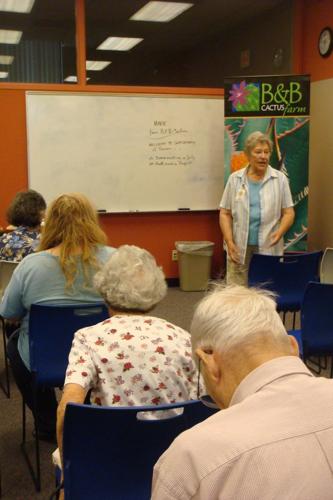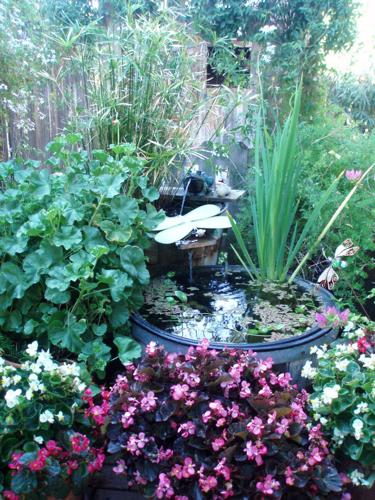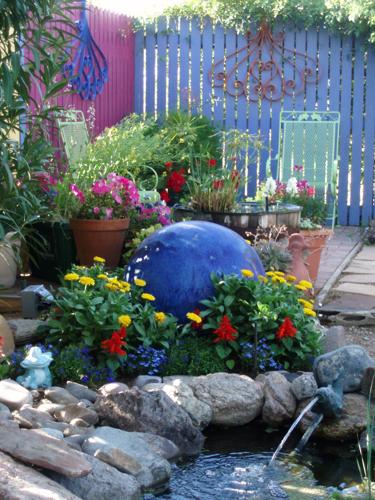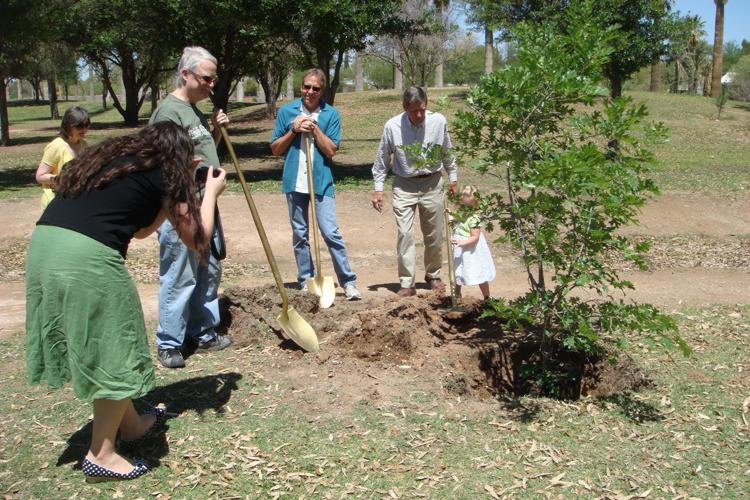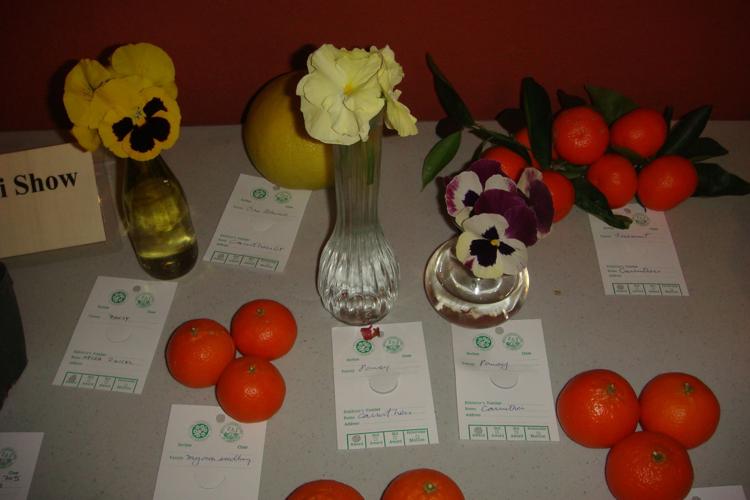An aging board and changing times have forced The Gardeners of Tucson to close up shop after 56 years.
“We simply do not have any new younger members, people who were younger and able to do the grunt work,” says Ardis Niemann Noonan, the last president of the venerable group known as TGOT.
Last year three long-serving board members said they were retiring, Noonan explains, and calls to the 40 members for replacements went unanswered.
On top of that, the remaining three board members, ranging in age from late 70s into the 80s, also were looking to slow down. “We were running out of steam,” Noonan, 84, admits.
Some board members and committee chairs continue to work to sell or donate the group’s equipment and supplies, decide how to give away the remaining funds of less than $50,000 and organize a March “Last Hurrah” private party for members.
GROWING A LEGACY
There were 74 charter members when a group of gardening professionals and enthusiasts started the local chapter of the Men’s Garden Clubs of America in 1959.
Members were ubergardeners and enjoyed sharing their knowledge among themselves and the community, says Noonan. Over its lifetime, the group extended far into the gardening landscape.
Nineteen of the first 28 Pima County master gardeners were TGOT members.
The group was among three gardening organizations that helped start the Tucson Botanical Gardens by administering the attraction and maintaining the plant exhibits before there was a staff to do the work.
Under TGOT auspices, member Paul Bessey provides a weekly plant clinic at the Tucson Botanical Gardens.
Scholarships helped University of Arizona students continue their studies in horticulture.
The group shared gardening tips at home garden tours, plant sales and flower shows, as well as monthly meetings.
Members built several therapy gardens for children, seniors and people with mental illness.
TGOT added 43 trees to the north end of Reid Park in a memorial grove honoring members who died.
Grants were given to gardening-related community projects, most recently $7,000 to school gardens.
Women had always been involved in the club, even though they could not be members and hold office until 1993, says Gail Barnhill, the group’s first female president.
“All the wives have always been involved with the husbands,” Barnhill recalls. “It was a smooth transition.”
CHANGING TIMES
Over the decades the club changed, Noonan says. Professionals gave way to home gardeners. Judging of gardening standards – a page from 4-H clubs and state fairs – became irrelevant.
Other changes within TGOT are reflected in local gardening clubs throughout Tucson, leaders say. Busy people can’t make meetings, much less organize them. They want gardening advice, not so much social events.
So what keeps other local groups alive? Here’s what has worked for them.
Flexible schedules. The Tucson African Violet Society has three weekly meetings on different days, times and locations.
Focus and purpose. General garden clubs have something to appeal to everyone, but that means they have activities or meeting topics that don’t appeal to some. “At Tucson Organic Gardeners we have a mission that we work toward,” says president Brandon Merchant. That mission is to encourage sustainable gardening.
Generational outreach. The Green Valley Gardeners group works alongside children in gardens. The Tucson Iris Society is seeking to do the same.
Digital presence. Facebook, downloadable information, attractive websites and mobile websites draw more than members and keep members connected outside of meetings. The Arizona Native Plant Society is creating a mobile site “as the best way to remove any barrier to information access,” says president Anthony Baniaga.
As conventional social gardening clubs lose members, online ones thrive. The largest Tucson gardening organization, Tucson Backyard Gardening, is a 12,000-member Facebook group with no dues and few events.
It’s a general-gardening group, but it draws people because of its ease, says group co-administrator Diana Knoepfle.
“You can just ask a question like a help line and get an answer pretty quickly.”
It’s easy to organize and run, too. It takes only two people to monitor and remove posts, accept and remove members and set up social seed exchanges four times a year.
Several gardening groups also use Facebook for their announcements. Knoepfle calls that a crucial strategy for traditional social groups.
“If you promote through social media in a smart way, the word will get out there that your group exists.”


